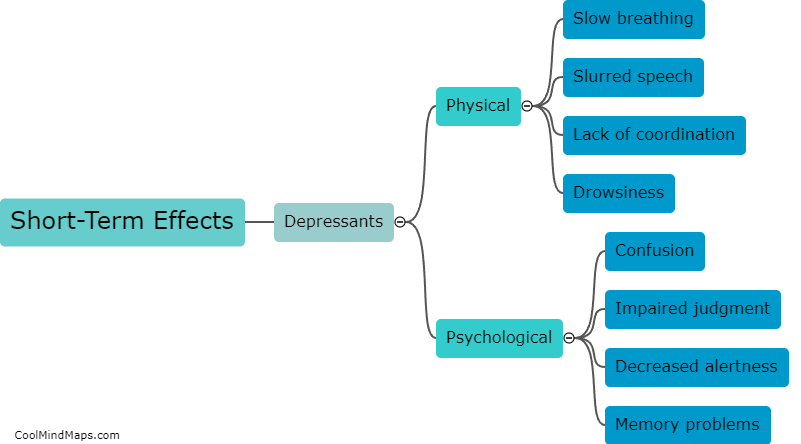How does atmospheric circulation affect climate?
Atmospheric circulation plays a crucial role in shaping regional climates around the world. The movement of air masses driven by differences in temperature and pressure redistributes heat across the planet, affecting humidity levels, precipitation patterns, and temperature extremes. For example, the Hadley Cell near the equator produces warm, wet conditions in tropical regions, while the polar jet streams help create colder, drier climates at higher latitudes. Changes in atmospheric circulation, such as shifts in the position of jet streams or the strength of El Niño events, can lead to significant impacts on weather patterns and long-term climate trends.

This mind map was published on 10 April 2024 and has been viewed 110 times.











